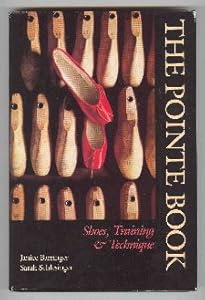…I’ve been neglecting this blog again.
It’s really tough to write about ballet when you can’t do any of it, and that’s been one of the reasons I’ve avoided blogging. Good news is, I don’t have a stress fracture, but my leg still has its moments when it hurts like hell–especially after some speed walking I shouldn’t have done to get to a meeting on time on Sunday. I have another ortho appointment a week from today.
Does anybody have any recommendations of good yoga video online–I’m in desperate need of SOMETHING to do. Sitting around doing nothing has not been good for me.
The other reason I haven’t written here in a while is that I’ve been busy. I’ve been writing articles for local dance publications like crazy–I’ve had three published in the last two weeks and I’ll be writing another about a performance this Saturday.
Passion Ignites Kariamu and Company
Review: Hold Me To This, Temple University MFA Thesis Concert
In addition, I saw a show at Bryn Mawr College Saturday and then had a workshop with the wonderful Claudia LaRocco from the NYTimes and ThePerformanceClub.org. I was truly a great experience, and I learned a lot about writing.
And, because you’ve probably been missing some ballet advice here’s a few articles to read until I get my act together:
On Balance: How to Nail Long Balances
The Ballet Bun: Best Practices (okay–it’s meant for parents–but that doesn’t mean it’s not helpful).
And not ballet advice, but if you’re a Bunheads fan, here’s an article from Times Magazine on why the show is important: On the Importance of Bunheads
Please fill me in on what you’ve been up to!





